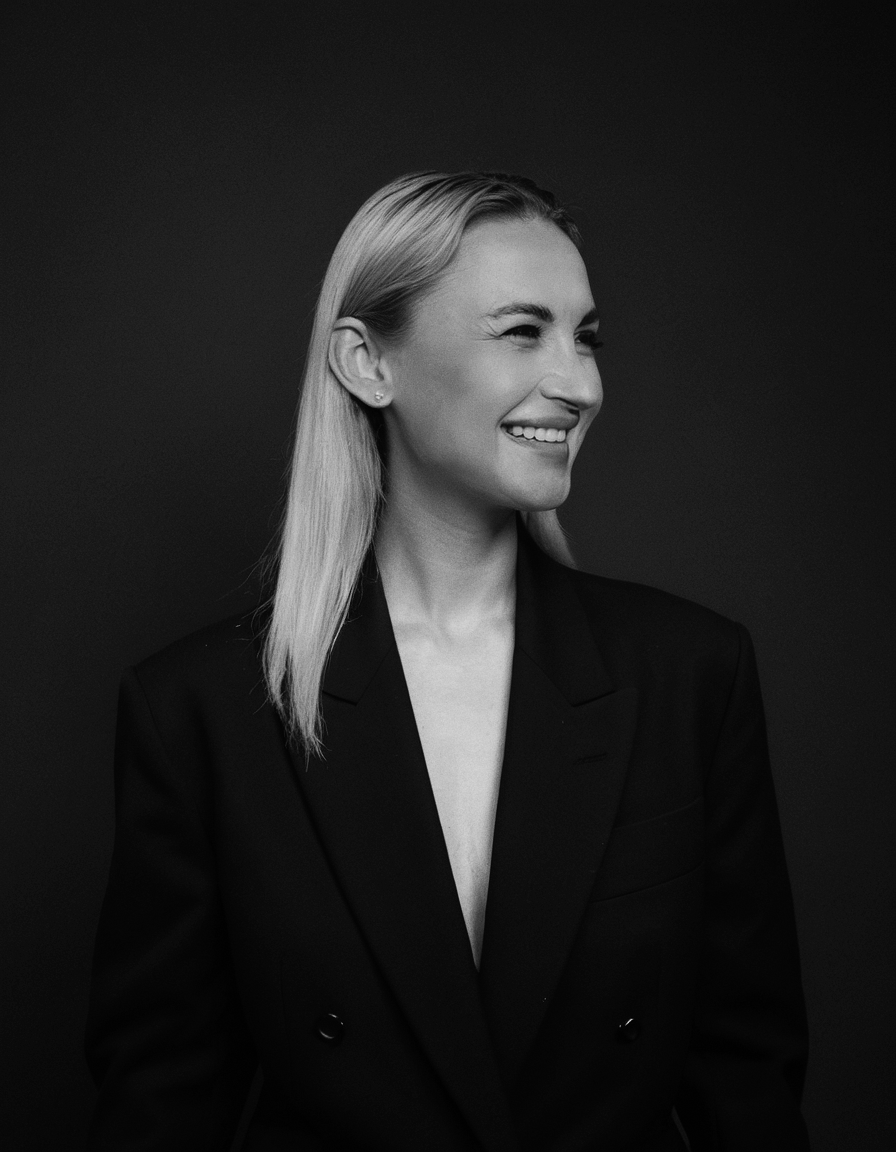Spotlight with Natasha Doroshenko Murray
Natasha Doroshenko Murray, Independent Curator, Researcher, Writer and Founder of Art Circle Indonesia and RUANG//
Could you tell us a little more about your background and how you got into curating?
My path into curating has been deeply intertwined with both academic research and community-building. I trained in art history and earned a master’s degree in curating contemporary art at the Russian State University for the Humanities. Early on, I founded Art Circle Spain, which I ran from my hometown of Barcelona. It taught me how important it is to translate critical art narratives into experiences that resonate with real, everyday audiences—and what it takes to make culture matter at that level.
Since relocating to Indonesia, I’ve focused on bridging Southeast Asian contemporary art practices with critical curatorial methodologies, launching Art Circle Indonesia as a cultural platform that supports both artists and audiences through thoughtful, long-term engagement.
Curating, for me, is about creating space—both literal and intellectual—for new ways of seeing.
Who/what has influenced your curatorial practice?
My curatorial approach draws from a mix of ecological thinking, relational philosophy, and expanded exhibition-making. Hans Ulrich Obrist's model of the curator as a conversationalist and connector has been foundational—particularly his emphasis on long-form dialogue and durational relationships with artists and ideas. James Bridle and Timothy Morton have shaped my thinking around non-human intelligence, networks, and ecological entanglement, offering ways to approach curation not just as storytelling but as systems-building. Édouard Glissant has also been vital, especially in the context of Southeast Asia—his defence of opacity and the right to difference has given me language to think about multiplicity without reducing it to a singular identity.
The role of the curator is continuously changing. Could you describe what it means to be a curator today?
To curate today is to take responsibility—not just for selecting or presenting artworks, but for shaping the conditions through which meaning, dialogue, and visibility are produced. That includes navigating institutional gaps, working with artists in non-commercial contexts, and being attuned to political, ecological, and technological shifts.
Curators are mediators, researchers, organisers, and sometimes policy advocates. We are increasingly required to build platforms rather than simply fill them. I see curating not as a job, but as a way of thinking systemically, with an eye toward long-term cultural sustainability.
Tell us about the latest project?
My most significant recent initiative is RUANG// for thought, a curatorial platform based in Indonesia that focuses on expanded discourse and new mappings between objects and their meanings. It’s not a physical space but a conceptual one—built to interrogate how curatorial work can serve as intellectual infrastructure, particularly in Southeast Asia, where there are many artists but too few platforms for critical curatorial inquiry. RUANG// will offer writing, exhibitions, curatorial research, and institutional collaborations that challenge dominant models of exhibition-making.
As part of this effort, I’m working on an exhibition project titled Nude: Sex, Gender & Eroticism in Indonesian Art, opening in Jakarta this August. It is a risky, bold project given its geography. It confronts entrenched norms around the representation of the body, asking: Who is allowed to be seen, and on what terms? The show addresses the politics of gaze, censorship, and visibility within the Indonesian context, while also reflecting on broader global narratives. It brings together works that are intimate, confrontational, and reflective—disrupting binary readings of nudity in art.
What are you reading, watching, or listening to now, that is helping you to stay relaxed and positive?
I’m re-rereading Timothy Morton’s All Art is Ecological, which helps me reframe how I think about art’s relationship to the world—especially in times when things feel overwhelming or frightening. I’ve also been binge-listening to the Artwrld podcast, which offers smart and often irreverent conversations about art and technology. It’s ending soon, and I’m absolutely heartbroken about it.
I love podcasts—they help me survive the brutal traffic of Bali and Jakarta. Art Market Minute and The Art Angle from Artnet News keep me in touch with what’s happening in the Western art world. And Talk Art’s Russell Tovey and Matt Diament are basically my besties I’ve never met.
For rare holidays, I always pack some poetry, and I’ve been making some very humble attempts to write some of my own.
How long have you been part of IKT and how do you feel that it has benefited your curatorial practice?
I’m a new member. What drew me to IKT is its commitment to fostering transnational dialogue among curators and offering a space for knowledge exchange beyond commercial circuits. I look forward to learning from peers, contributing my Southeast Asian perspective, and being part of a community that critically reflects on the evolving role of curators globally.
Thank you Natasha!
Learn more about Natasha and her work: Art Circle Indonesia / RUANG// /
Spotlight
Spotlight is a new series of short interviews, aiming to showcase the diverse expertise and innovative approaches of our IKT members. Whether you're seeking inspiration or searching for potential partners, join us on this captivating journey as we uncover the stories, ideas, and creative visions of our members.
Want to participate?
Send us a request to ikt.curatorial@gmail.com and we will send you interview questions.

